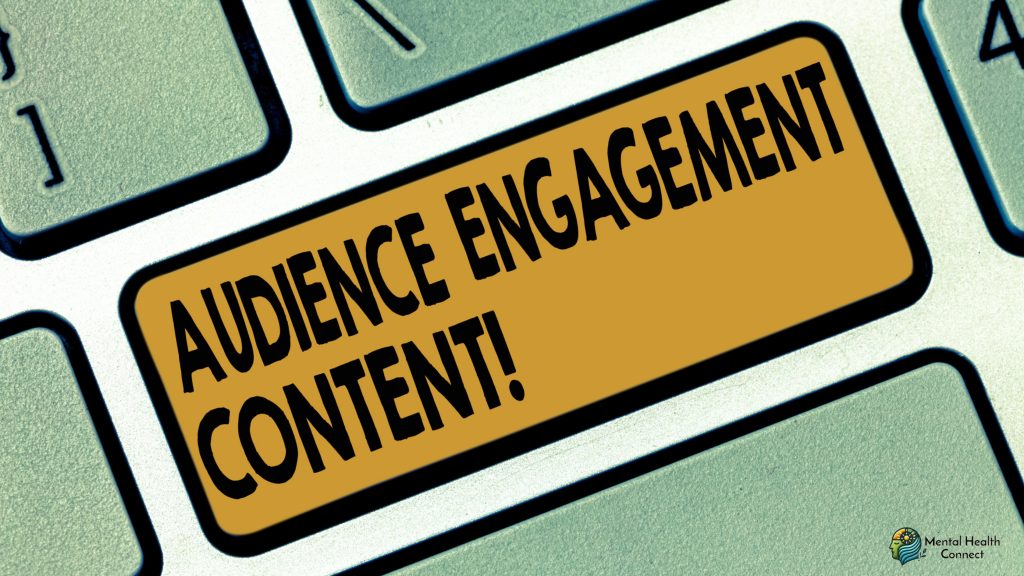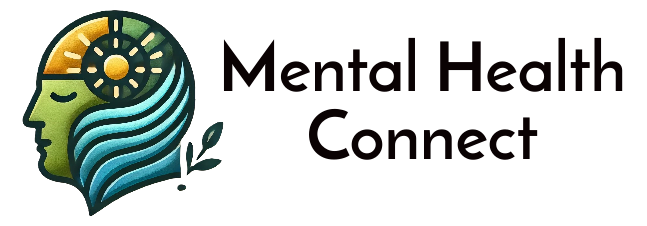Digital Desire: Understanding Porn in the Social Media Age

The smartphone revolution has fundamentally transformed how we experience intimate content. With a few taps, what was once sequestered behind beaded curtains and brown paper wrappers now flows freely through the same devices we use for work emails and family photos. Digital desire specifically the consumption of pornographic material in today’s interconnected landscape represents an unprecedented shift in how humans access sexual content. The boundaries between mainstream social platforms and adult entertainment continue to blur, creating a complex ecosystem that demands thoughtful consideration and new forms of digital literacy. This evolution brings both opportunities and challenges that affect psychological wellbeing, relationship dynamics, and personal values systems.
What is Digital Pornography Consumption in the Social Media Era?

The Access Revolution
Remember video rental stores with curtained back rooms? The digital transformation has rendered such physical barriers obsolete. Today’s pornographic content requires neither special journeys nor awkward interactions it exists perpetually at fingertip distance. This transformation eliminates traditional access friction that once provided natural moments for conscious decision-making. The instant availability profoundly changes the consumption experience, removing many situational constraints that previously limited engagement.
Platform Convergence Phenomena
Contemporary digital spaces frequently blend mainstream and adult content elements. Instagram influencers push boundaries with suggestive yet algorithm-compliant imagery. Meanwhile, adult performers build followings on mainstream platforms that funnel audiences toward explicit subscription services. This convergence creates graduated exposure pathways unlike anything possible in pre-digital environments. The clear demarcation between “regular” and “adult” content spaces has dissolved into a spectrum of increasingly sexualized material accessible through familiar interfaces.
Creator Economy Disruption
Smartphone cameras and subscription platforms have democratized production capabilities. Traditional studios now compete with independent creators producing content from bedrooms worldwide. This shift redistributes economic power, creates new ethical considerations, and personalizes the producer-consumer relationship. Platforms like OnlyFans represent neither traditional pornography nor conventional social media but rather hybrid spaces blending elements of both, further complicating the landscape users must navigate.
Why Understanding Digital Pornography Consumption Matters

Developmental Context Considerations
Research increasingly suggests that unlimited access to diverse pornographic material impacts sexual development pathways. Young people may encounter explicit content before receiving comprehensive sex education, creating potential disconnects between digital representations and lived experiences. Understanding these potential influences empowers individuals to contextualize consumption choices within broader developmental frameworks.
Partnership Dynamics Evolution
Digital pornography exists within relationship contexts whether with romantic partners, familial connections, or oneself. The ubiquity of pornographic material necessitates new communication approaches regarding consumption boundaries, expectations, and agreements. Couples now navigate questions previous generations never faced about digital behavior, privacy expectations, and the integration of adult content within relationship structures.
Critical Engagement Necessity
As pornographic content becomes increasingly mainstream, developing sophisticated analytical frameworks becomes essential. This includes recognizing production circumstances, understanding performer experiences, distinguishing theatrical elements from authentic sexual expression, and contextualizing content within broader cultural narratives. These literacy skills support healthier consumption patterns aligned with personal values.
How to Develop Intentional Digital Consumption Practices

Consumption Pattern Evaluation
Begin by honestly examining current behaviors without judgment:
– Document frequency, duration, and context patterns
– Recognize emotional states that precede viewing sessions
– Observe impacts on mood, energy, and relational satisfaction
– Examine alignment between stated values and actual practices
Personal Framework Development
Based on your evaluation insights, establish individualized guidelines:
– Define specific timeframes appropriate for engagement
– Clarify content categories that honor personal boundaries
– Integrate partner perspectives when relationships are involved
– Establish regular reassessment intervals to maintain awareness
Supporting Technology Implementation
Various digital tools can reinforce intentional consumption:
– Screen time management applications with custom category settings
– Browser extensions introducing deliberate pauses before access
– Content filtering systems aligned with personal guidelines
– Algorithm management tools limiting unexpected exposure
Best Practices for Conscious Content Engagement

Ethical Production Prioritization
Consider the human elements behind digital content:
– Investigate platform compensation structures and performer protections
– Support services with transparent consent verification processes
– Choose content featuring diverse body representations
– Financially support ethical producers rather than extraction-based aggregators
Digital-Physical Integration Balance
Healthy consumption patterns maintain proportional engagement:
– Ensure online content enhances rather than replaces interpersonal intimacy
– Monitor for displacement of professional, social, or recreational activities
– Cultivate diverse sources of pleasure and connection
– Practice regular technology-free intervals to maintain perspective
Relationship Communication Approaches
For those navigating consumption within relationships:
– Develop age-appropriate media literacy conversations for family contexts
– Cultivate judgment-free discussion spaces with partners
– Consider professional facilitation when consumption creates conflict
– Establish mutual agreements honoring each person’s comfort boundaries
Common Challenges and Mitigation Strategies
Automaticity Tendencies
Viewing habits often develop unconscious patterns requiring intervention:
– Establish quarterly consumption review sessions with yourself
– Track emotional fluctuations surrounding viewing experiences
– Identify situational triggers that lead to spontaneous viewing episodes.
– Regularly question whether consumption choices authentically reflect core values
Digital Security Oversights
Many users underestimate the data implications of adult content engagement:
– Utilize dedicated private browsing environments
– Research platform data collection and sharing policies
– Consider anonymized payment methods for subscription services
– Implement device-sharing protocols accounting for browsing history
Media-Reality Conflation
Maintaining critical distance requires ongoing awareness:
– Recognize staged elements in professional productions
– Acknowledge body diversity absent from mainstream content
– Understand editing techniques creating unrealistic portrayals
– Remember consent negotiations occurring beyond camera view
Future Landscape Projections
Technological Horizon Developments
Emerging innovations reshaping consumption experiences include:
– Immersive reality interfaces creating novel engagement modalities
– Artificial intelligence content generation raising unprecedented ethical questions
– Advanced biometric verification systems protecting vulnerable users
– Distributed ledger technologies enabling ethical production verification
Governance Framework Evolution
Regulatory approaches continue developing across jurisdictions:
– Mandatory age verification implementation expanding globally
– Platform accountability requirements for content origin verification
– Educational curriculum development addressing digital sexuality
– Performer rights protections gaining legislative attention
Cultural Conversation Transformation
Broader social discussions continue evolving:
– Decreasing stigmatization enabling more nuanced public discourse
– Growing emphasis on ethical consumption considerations
– Research expansion informing evidence-based approaches
– Normalization of age-appropriate digital sexuality discussions
Frequently Asked Questions
How does pornography engagement affect neurological functioning?
Current research indicates pornography activates reward circuitry similar to other pleasurable experiences. Some studies suggest potential habituation mechanisms may develop, though scientific consensus remains developing. Individual factors including pre-existing conditions, consumption patterns, and concurrent activities significantly influence neurological impacts.
What approaches should caregivers take regarding youth exposure?
Progressive, developmentally-calibrated conversations work better than one-time discussions. Focus on media literacy, consent foundations, healthy relationship frameworks, and critical thinking development. Create open communication channels allowing young people to process encounters with explicit material without shame or fear.
How might partners address differing pornography perspectives?
Begin with curiosity rather than judgment about differing viewpoints. Express boundaries clearly while remaining open to understanding partner perspectives. Consider written agreements clarifying mutual expectations. When significant conflicts persist, relationship professionals can facilitate structured conversations navigating these differences.
What indicates problematic consumption patterns?
Potential concern signals include increasing time requirements, work/school performance impacts, relationship disruptions, escalating content intensity needs, continued use despite negative consequences, and significant distress when access is unavailable.
Where can consumers find responsibly-produced content?
Look for platforms featuring transparent production practices, clear performer consent documentation, fair compensation structures, diverse representation, and explicit ethics statements. Performer-owned platforms often maintain higher standards than aggregator sites featuring unverified uploads.
Which digital literacy competencies matter most?
Crucial skills include production context analysis, fantasy-reality differentiation recognition, performance element awareness, algorithm function understanding, and content framing assessment. These competencies support critical engagement rather than passive consumption.
The intersection of digital platforms and pornographic content creates unprecedented navigation challenges requiring thoughtful consideration. Today’s environment demands new approaches to media consumption literacy, relationship communication, and personal boundary establishment. By developing intentional consumption practices, prioritizing ethical production support, maintaining digital-physical balance, and cultivating sophisticated analytical frameworks, individuals can engage with digital desire in ways aligned with their authentic values. As technologies continue evolving and social conversations mature, ongoing education and reflection remain essential components of healthy navigation through this complex digital landscape.
Call to Action: This week, commit to a personal digital consumption inventory. Examine your patterns without judgment, research the ethics behind your preferred platforms, and consider implementing one new boundary-supporting practice. If in a relationship, initiate an open conversation about digital boundaries. Small steps toward intentional engagement contribute to both personal wellbeing and broader cultural shifts supporting healthier relationships with digital sexuality.
-
 How to Support Someone with OCDApril 17, 2025
How to Support Someone with OCDApril 17, 2025 -


Leave a Reply